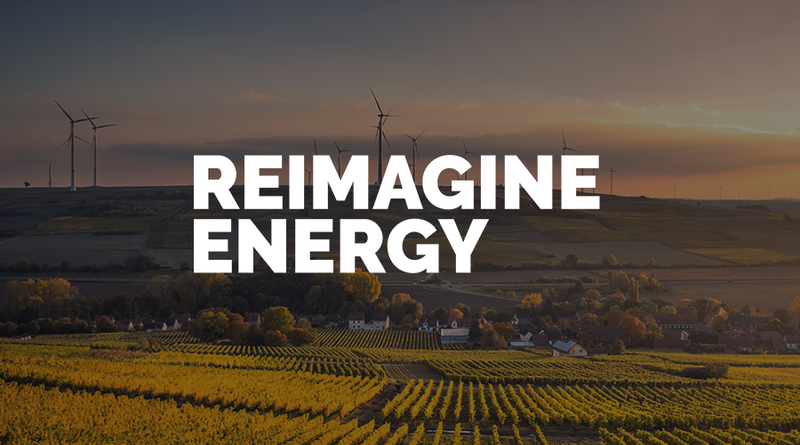The electrification of the automotive industry is a subject which continues to dominate the minds of world leaders, particularly those of traditional combustion engine producing countries such as Germany and China. As more regulations and legislations are rolled out, and CO2 emission targets are put in place around the world, the complete phase-out of combustion engines is inevitable.
Sales of battery electric vehicles (BEVs) and plugin hybrid electric vehicles (PHEVs) are increasing. In fact, by 2025 it is estimated that 30% of all vehicle sales globally will be BEVs and PHEVs. Comparatively, in 2016 just under 1 million vehicles, or 1% of global auto sales, came from electric vehicles.
But is the uptake in EVs happening fast enough? And what still needs to happen in order to achieve a prosperous, carbon-neutral e-mobility industry?
1. Improved battery technology
These days, battery capacity, power, longevity and disposal are topics frequently mentioned as potential issues with e-mobility. However, battery technology continues to improve, which leads to reduced costs for consumers. It won’t be long before a battery capable of undertaking a 300-500km journey can be charged in just 10 minutes.
2. Ambitious policies and tighter regulations
Countries leading the e-mobility transition use a combination of policy and regulation to nudge the market towards electrification. For example, Norway uses measures such as tax deductions, purchase aids and other benefits including free parking and charging, free ferries and access to bus lanes for EVs. These economic instruments help bridge the cost gap between EVs and conventional vehicles.
3. Decarbonization of electricity generation
The changing generation of electricity continues to play a critical role in influencing the growth and success of e-mobility. The total greenhouse gas (GHS) emissions produced from an EV are determined by the combination of the vehicle’s energy consumption and the carbon intensity of electricity generation. Basically, as electricity generation becomes less carbon-intensive, so do EVs. Despite the comparative advantage of EVs in terms of GHG emissions, we won’t see the actual benefits of the electrification of transportation on climate change mitigation just yet. We must continue to work towards the decarbonization of global power systems.
4. Distributed energy systems
A fully decarbonized energy system will involve many new players in addition to traditional energy suppliers, making the grid more complex than ever before. E-mobility is an important element in this more distributed energy system. Not only does charging infrastructure need to be accounted for and regulated effectively, but we also need to fully realize the potential for EVs as energy storage units. Distributed energy systems require seamlessly integrated technology and willing politicians and industry to succeed.
